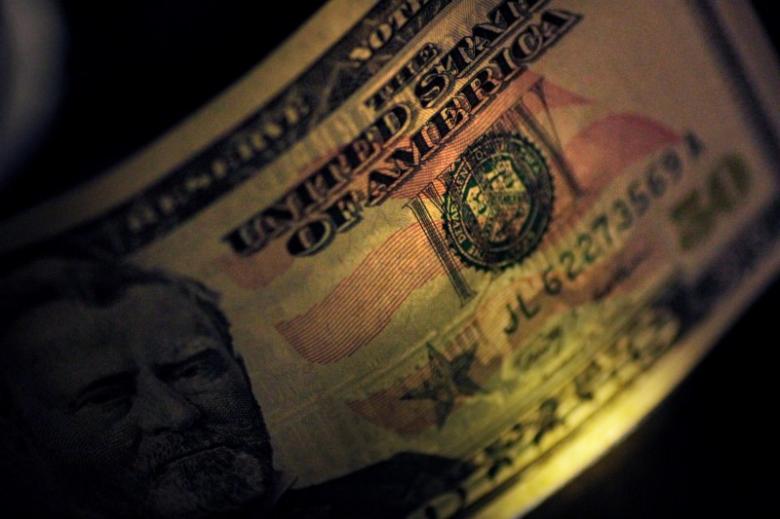The United States of America dollar, on Wednesday, September 21, leaped to a two-month high against the yen and extended its gains against the euro after a hawkish-sounding Federal Reserve heightened expectations for an interest rate hike in December.
The dollar was 0.4 percent higher at 112.610 yen after brushing 112.725, its highest since July 18.
The index that measures the greenback’s strength against a basket of peers, was up 0.1 percent on the day at 92.558 after hitting its highest level in two weeks in the wake of the Fed meeting.
After concluding a closely watched two-day policy meeting on Wednesday, the Fed left interest rates unchanged as expected, but signalled it still expects one more increase by the end of the year despite a recent bout of low inflation.
The U.S. central bank, as anticipated, also said it would begin in October to reduce its balance sheet of around $4.2 trillion in U.S. Treasury bonds and mortgage-backed securities it acquired after the 2008 financial crisis.
“I don’t expect that the dollar will strengthen very much over the course of today’s session,” said Commerzbank’s head of FX strategy, Ulrich Leuchtmann in Frankfurt.
“Even if the dollar gets stronger, it will not be on a scale comparable to yesterday, because I think the outlook is still uncertain and the Fed for a long time had promised to hike rates much more aggressively than they normally did.”
Interest rate futures traders are now pricing in about a 70 percent chance of a December Fed rate hike, up from above 50 percent prior to the Fed meeting, according to CME’s FedWatch tool.
The euro shed 0.1 percent to $1.1883 after dropping 0.8 percent the previous day, when it reversed a four-session winning run.
“The Fed will likely stick to its intent of hiking rates one more time in 2017 and three more times in 2018. But it also cut its long-term interest rate projection and this has somewhat slowed the dollar’s gains versus the yen by causing the U.S. yield curve to flatten,” said Yukio Ishizuki, senior currency strategist at Daiwa Securities in Tokyo.
Currencies showed limited reaction to the Bank of Japan’s widely expected decision to stand pat on monetary policy.
At a two-day rate review that ended on Thursday, the BOJ maintained the 0.1 percent interest it charges on a portion of excess reserves that financial institutions park at the central bank and also kept its yield target for 10-year Japanese government bonds around zero percent.
The New Zealand dollar was down 0.6 percent at $0.7312, its rally the previous day losing steam against a broadly stronger dollar.
The Australian dollar fell nearly 1 percent to $0.7955.
The Norwegian crown was down 0.1 percent against both the euro and the dollar as traders awaited the policy decision by the Norwegian Central Bank due at 0800 GMT. It last traded at 9.36 crowns per euro and at 7.87 crowns per dollar.













